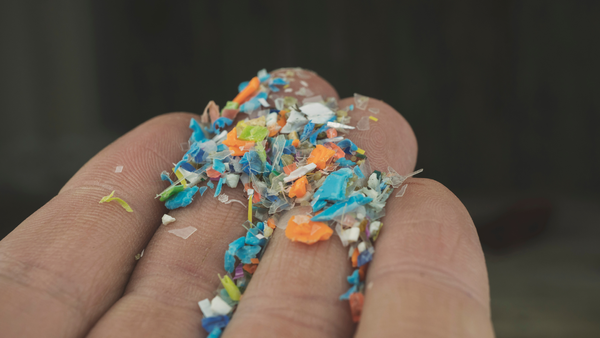
Microplastics Are in Everything Everywhere All At Once
They're in our air, the clouds, our water, our food, our organs, our bloodstream and even our brains. While we wait for systemic change, here’s how to reduce your personal exposure.

They're in our air, the clouds, our water, our food, our organs, our bloodstream and even our brains. While we wait for systemic change, here’s how to reduce your personal exposure.
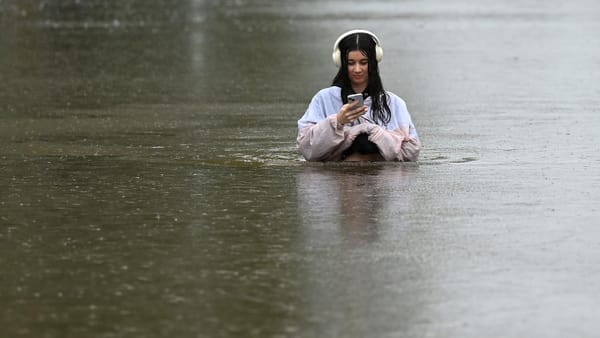
A striking image from the aftermath of Ex Tropical Cyclone Alfred becomes a Rorschach Test for our climate future

The last five years have seen both setbacks and innovation for biopolymers. Can they achieve cost parity with traditional plastics by 2030?

We need to reject the lie that is being fed to us that a circular economy means keeping synthetic waste in play for longer.
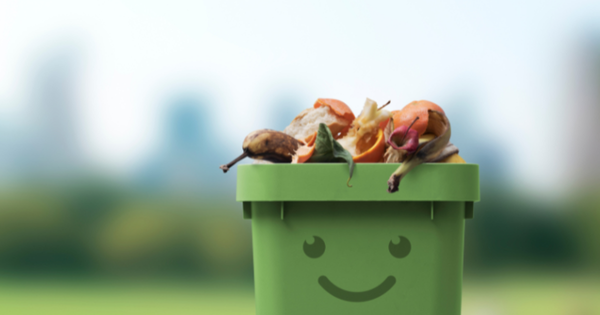
FOGO is transforming waste in Australia and shows us what can be achieved when policy innovation meets behaviour change.
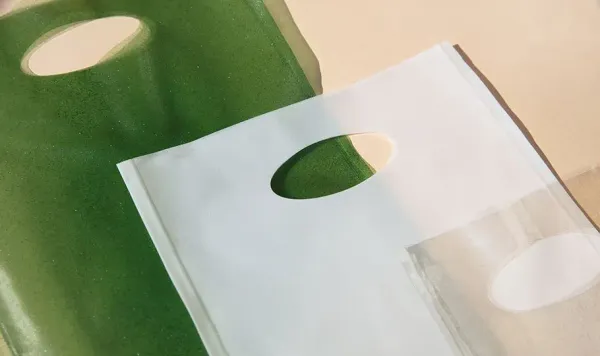
We have to stop using our longest-lasting material for our most temporary commodity goods.

The collapse of the ESG hype bubble has exposed a hard truth: the only thing corporate sustainability efforts have sustained so far is the status quo.
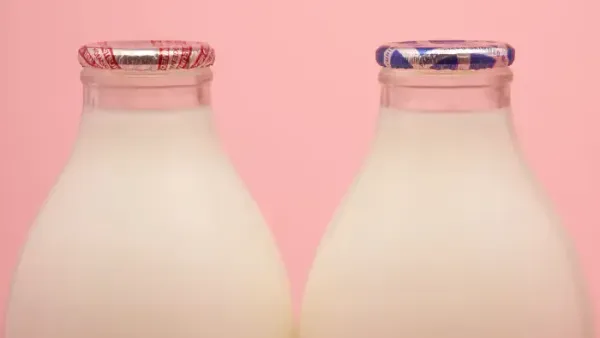
Refill and reuse systems hold the potential to significantly curb our waste… if we can bridge the ‘valley of death’ currently preventing us from closing the loop at scale.

Our lack of infrastructure and supportive regulations in Australia means these novel solutions are (unfairly) falling short of their promise.
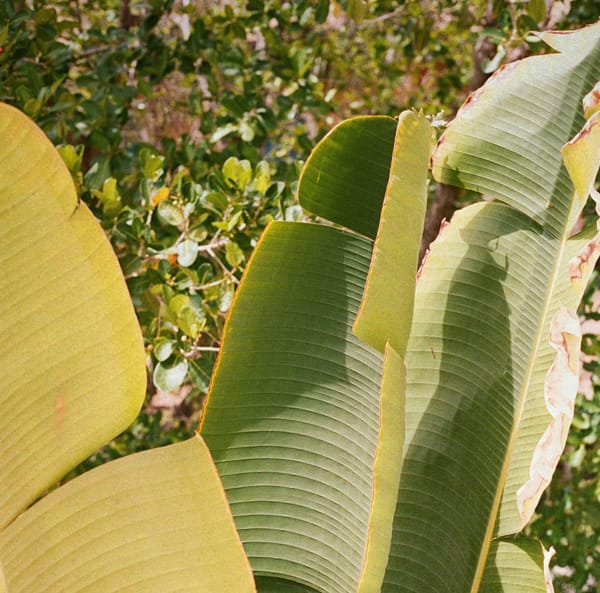
Could new non-tree fibre innovations pave the way to a regenerative materials economy?
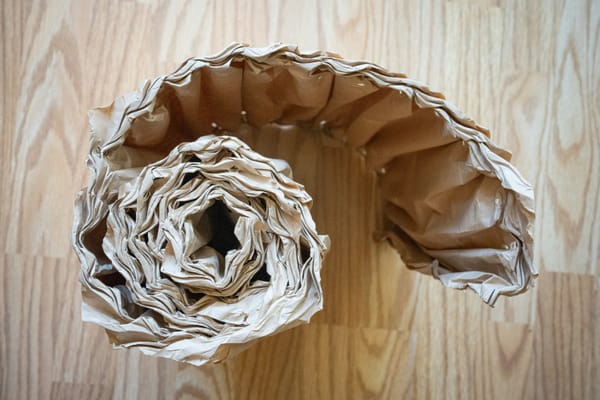
How pulp and fibre are redefining sustainable packaging

'Monstrous hybrid' materials like Tetra Pak are circular economy kryptonite. A return to the principles of minimalism, purity and separability will make the materials we use easier to recover and recycle.
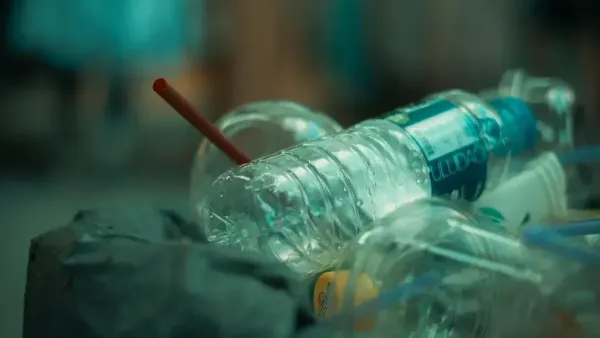
circular economy
The toxic legacy of our current materials economy, and the urgent need for radical reform
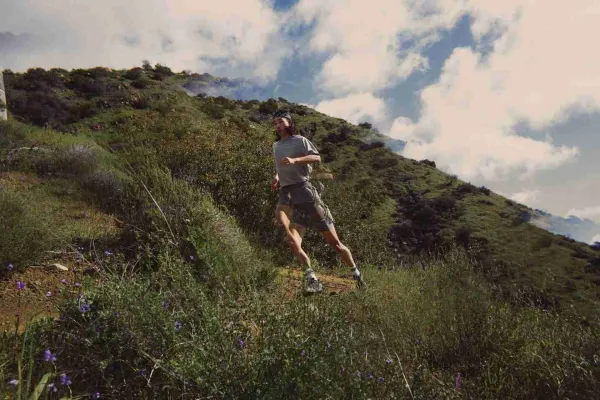
materials innovation
Could a $400 pair of running shorts contain the source code for making product design and consumption culture more sustainable?

Overconsumption
'Eco-friendly' products aren't friendly enough to (brown) paper over our consumption crisis, but could a Netflix documentary kick off a reckoning with the dark side of our comfort and convenience culture?
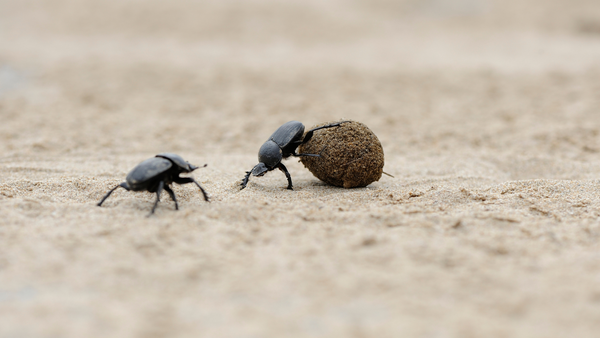
circular economy
How nature-inspired innovations like seaweed-based packaging and self-healing materials might save us from our linear materials economy cliff jump.
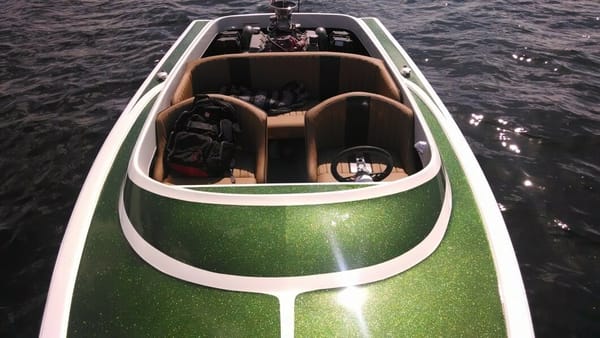
circular economy
Is biodegradable glitter a more sustainable sparkle or just another source of microplastic?
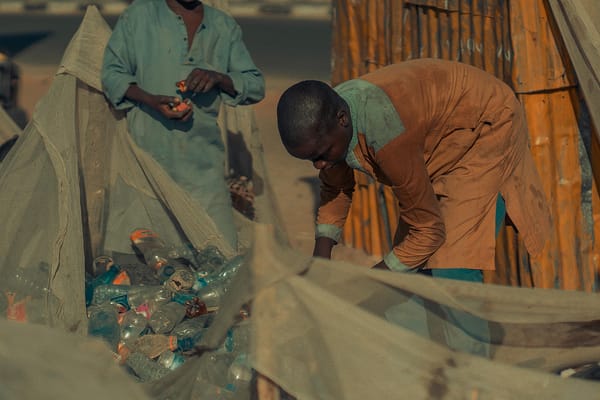
circular economy
As the world finally confronts the growing plastic crisis, Extended Producer Responsibility (EPR) has emerged as a critical yet complex solution. A solution that will require careful and thoughtful planning and implementation if it is going to set us on the path to a circular economy.

circular economy
A lack of investment in the materials revolution is holding back our shift to a circular economy.

Australia’s circularity rate is shockingly low at just 4%, highlighting the need for a complete overhaul of our materials design and waste management systems.